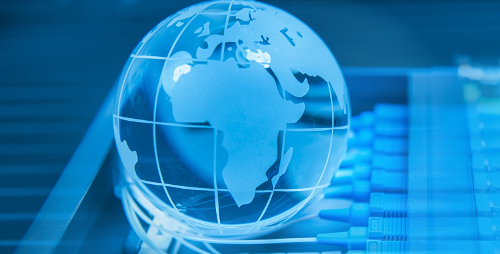
1. Definition
Internet of Things (IoT), first coined in 1999 by Kevin Ashton, a project manager at Belkin’s cleantech division, refers to appliances enabled with sensors and assigned their own IP address that connect to the internet – thus creating a world where devices and machines can communicate with each other, interpret information and make intelligent decisions in real time as more and more devices connect to the internet.
2. Hype
The hype over IoT is reaching big data levels as sensor technologies such as near field communications (NFC) and radio frequency identification (RFID), wireless technologies and other M2M tools become cheaper and more available. Big data tools and the quality of chip are also better able to process the magnitude of information coming from connected devices, according to Vernon Turner, SVP for research at IDC.
Research from ARM and The Economist’s Intelligence Unit found that 96% of global businesses will be using IoT devices in three years, with 68% already making IoT investments. Another study by IDC suggests the market will grow to $8.9 trillion and 212 billion things globally by 2020.
3. Ideas
Retailers are looking at IoT to improve their supply chain, inventory and consumer experience, while other ideas have flourished around logistics and transport, with IoT facilitating remote monitoring of everything to from bins and vehicles in Smart Cities. For example, the city of Santander has 20,000 fixed and mobile sensors on buses, bins, lamp posts and buildings across the city, which measure pollution, noise, temperature and traffic flows. Westminster’s council in London, in collaboration with technology firm Smart Parking, also began installing 3,000 infra-red sensors in parking bays on 20 January, which are expected to cut down on congestion and carbon emissions.
There is also great promise in healthcare, where IoT is being applied to reduce costs and create possibilities to improve the quality of care, for example drug monitoring devices that could ensure patients are taking the correct doses of medication as well as measuring body reactions in real-time.
4. Players
While Cisco is known as the gorilla for network connectivity, Turner pointed to companies with real-time analytics capabilities, such as SAP, Oracle, IBM, as potential leaders because of all the information that’s created from sensors "has to be data-crunched full-time by somebody".
IBM recently brought to market an IoT Starter Kit, to ease application development, testing, and scalability of wireless sensor networks and Oracle released its latest Java ME Embedded solution and continues its work with partners to deliver integrated IoT solutions.
Chip manufacturers such as Intel, which recently unveiled Quark-based chips and a business unit for IoT, also have potential, says Turner, along with mobile operators like Telefonica, Verizon and Orange, depending on the geographic market they’re in. And General Electric, ABB and Schneider are among a growing legion of companies currently reinventing energy management.
5. Barriers
Jennifer Bélissent, principal analyst at Forrester Research, says industry stakeholders are concerned that the deployment of IoT could be held back by too many competing radio technologies including Bluetooth, Wi-Fi, NFC and cellular technologies. As a result, there’s really no way of assuring which objects will connect and share data across the different networks.
There is also concern about a lack of skills around IoT and a risk of devices being targeted by hackers. According to researcher IMS 22 billion web-connected devices will generate more than 2.5 quintillion bytes of new data every day by 2020.
Dr Chris Yapp, an independent consultant specialising in Innovation, Scenario Planning and Public Policy, worries about data privacy with intrusive technology.
"The difficulty is these sensors, they’re so cheap that once they’re out there, it will be almost impossible to retrofit them," he says.
"So if we put them out with very low levels of security and there’s billions out there, nobody is going to go around and upgrade them. So the thing is we need to understand if all the data about your health is actually visible to you, what protection will you want in order to be able to say I will share it with my doctor but no one else."






